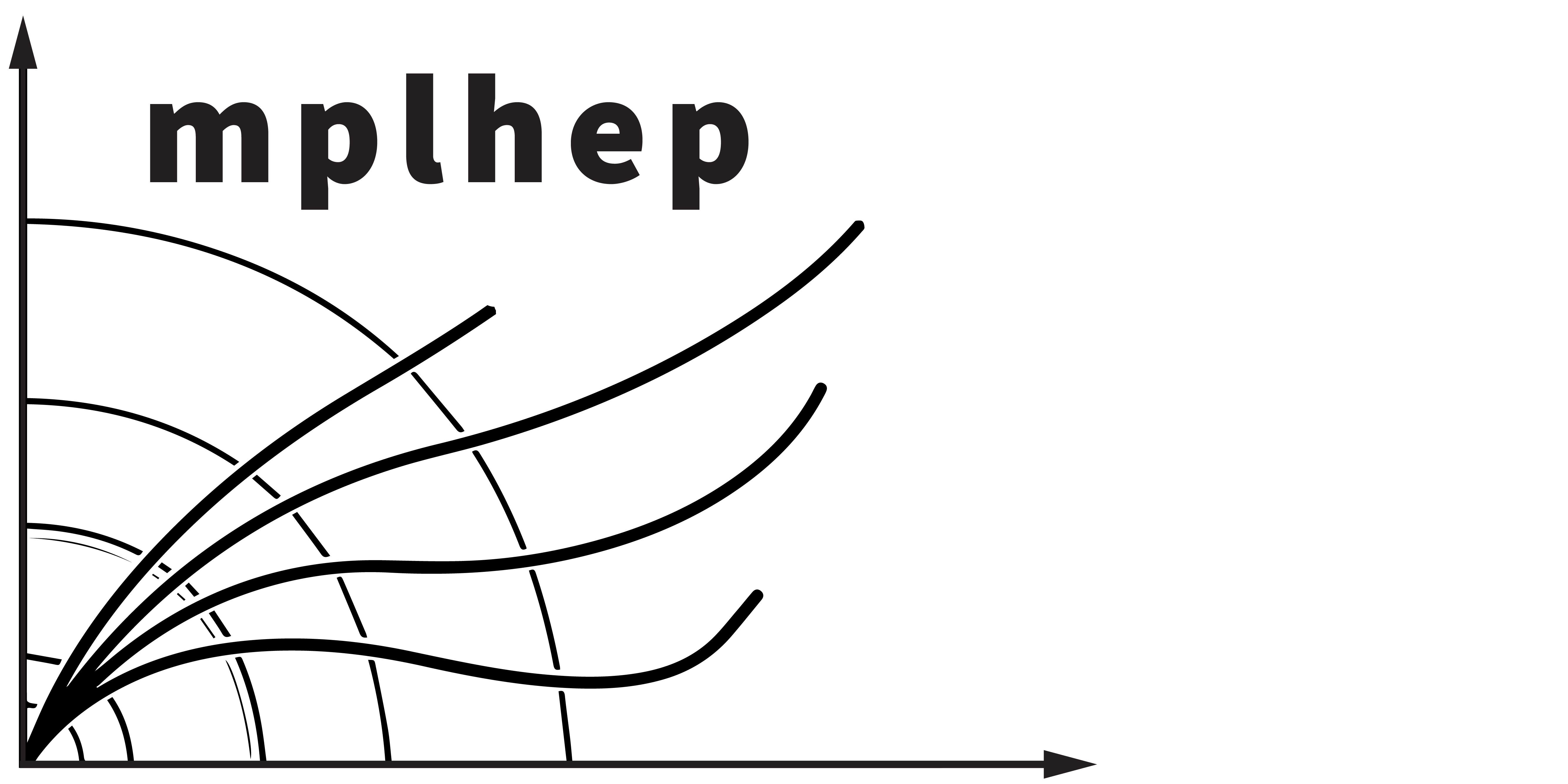Install#
Quick start#
If you are already familiar with python environment and have ran pip install mplhep,
primary functionality can be accessed as follows:
import numpy as np
import matplotlib.pyplot as plt
import mplhep as hep
# Load style sheet
plt.style.use(hep.style.CMS) # or ATLAS/LHCb2
h, bins = np.histogram(np.random.random(1000))
fig, ax = plt.subplots()
hep.histplot(h, bins)
Will feature binder
Platform support#
mplhep is a python package distributed via PyPI. Python version 3.6 or newer is preferred, but a semi-maintained version of mplhep will run in python 2.7 or newer.
Note
Python 2 end-of-life is Jan. 1, 2020. All major scientific python packages will no longer provide support for python 2 by that date: https://python3statement.org/
All functional features in each supported python version are routinely tested. You can see the python version you have installed by typing the following at the command prompt:
>>> python --version
or, in some cases, if both python 2 and 3 are available, you can find the python 3 version via:
>>> python3 --version
Install mplhep#
To install mplhep you likely want to place it where your matplotlib installation is:
default
pip install mplhepinstalls system-wide or whichever virtual environment is currently sourcedif you do not have administrator permissions, install as local user with
pip install --user mplhepif you prefer to not place mplhep in your global environment, you can set up a virtual environment, and use the venv-provided pip
if you use Conda, simply activate the environment you wish to use and install via the conda-provided pip.
it will soon be possible to install from conda-forge
conda install mplhep
To update a previously installed mplhep to a newer version, use: pip install --upgrade mplhep.
